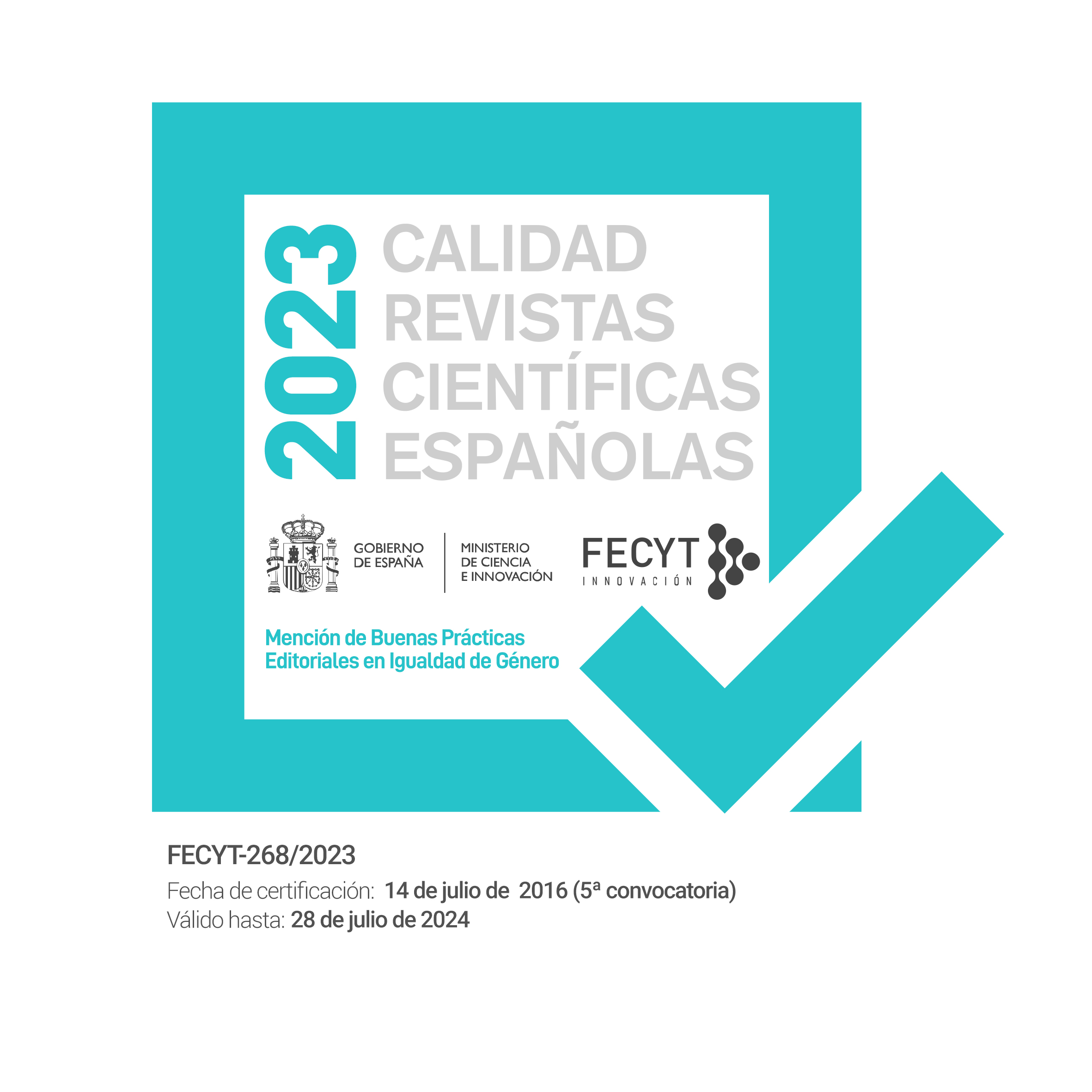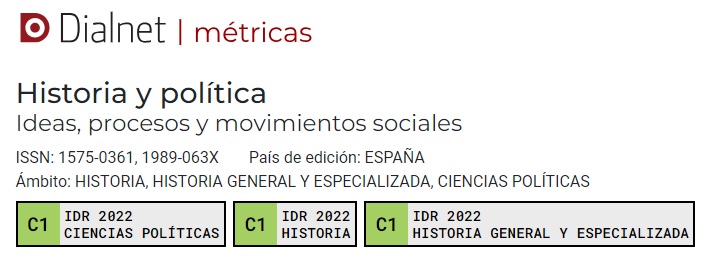The Treaty of Lisbon of 1864: the demarcation of the border and the national identifications
Keywords:
Frontera, territorio, identidad nacional, España, PortugalAbstract
he Treaty of Boundaries between Spain and Portugal, signed in Lisbon in 1864, is paradigmatic of the modern treaties of inter-state borders. In this article it is studied first the works of the Mixed Commission of Boundaries created to this object, and its relation with the population of the «line» (raya) –local name for the adjacent zone to the border–, then we analyze the diplomatic negotiations and the final text of the Treaty. The identity discourses on which the demarcation of border is based are specified in order to show its relation with the processes of national identification. It is necessary to differentiate three levels in these discourses: the «palace» discourse of the central authorities and diplomats, the technical and progressive discourse of the military engineers and topographers of the Commission, and, finally, the local people discourse.
Downloads
Downloads
Published
Issue
Section
License
Copyright (c) 2016 Heriberto Cairo Carou, Paula Godinho

This work is licensed under a Creative Commons Attribution-NonCommercial-NoDerivatives 4.0 International License.
Authors whose contributions are accepted for publication in this journal, accept the following terms:
a. The authors retain their copyright and guarantee to the magazine the right of first publication of their work, which will be simultaneously subject to the Creative Commons Attribution License Attribution-Noncommercial-No derivative works 4.0 Spain, which allows third parties to share the work as long as its author and its first publication is indicated.
b. Authors may adopt other non-exclusive license agreements to distribute the version of the published work (e.g. deposit in an institutional repository or archive, or published in a monographic volume) provided the initial publication in this journal is indicated.
PLAGIARISM AND SCIENTIFIC FRAUD
The publication of work that infringes on intellectual property rights is the sole responsibility of the authors, including any conflicts that may occur regarding infringement of copyright. This includes, most importantly, conflicts related to the commission of plagiarism and/or scientific fraud.
Plagiarism is understood to include:
1. Presenting the work of others as your own.
2. Adopting words or ideas from other authors without due recognition.
3. Not using quotation marks or another distinctive format to distinguish literal quotations.
4. Giving incorrect information about the true source of a citation.
5. The paraphrasing of a source without mentioning the source.
6. Excessive paraphrasing, even if the source is mentioned.
Practices constituting scientific fraud are as follows:
1. Fabrication, falsification or omission of data and plagiarism.
2. Duplicate publication.
3. Conflicts of authorship.





